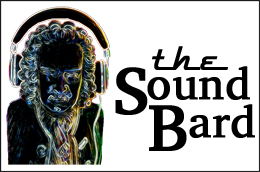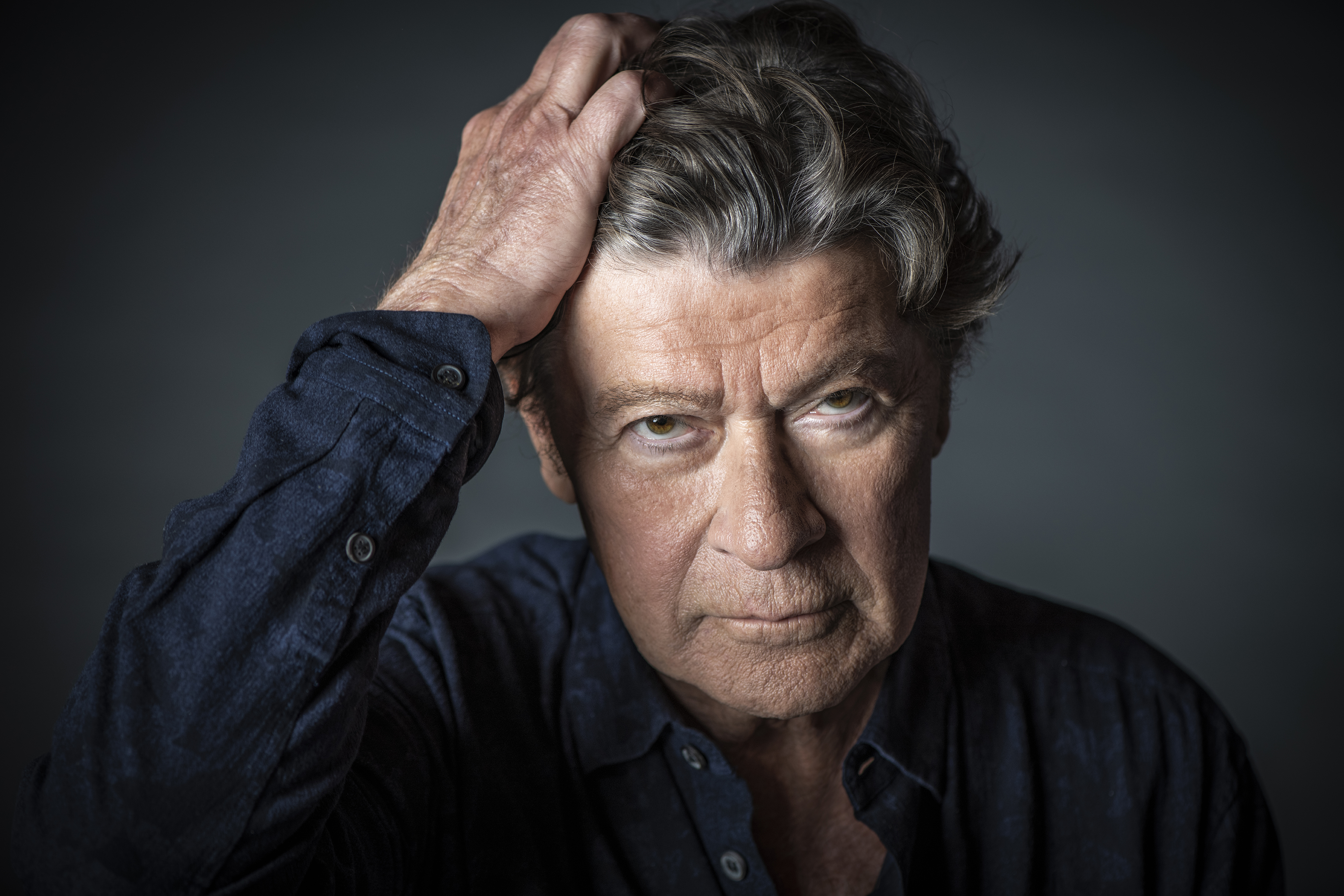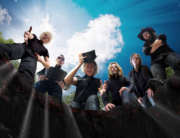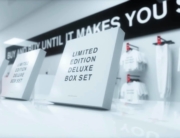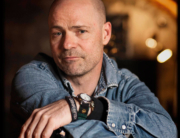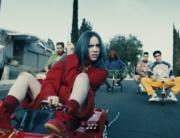BY MIKE METTLER — JANUARY 1, 2020
Whether you choose to consume your music via hi-res audio downloads, high-grade 180-gram LPs, top-shelf streaming services, standard-issue CDs, and/or full-on 5.1 surround sound mixes, this past year delivered a wonderfully wide wave of full-length aural wonders. In reverse order, here are The SoundBard’s Top 31 long-players of 2019.
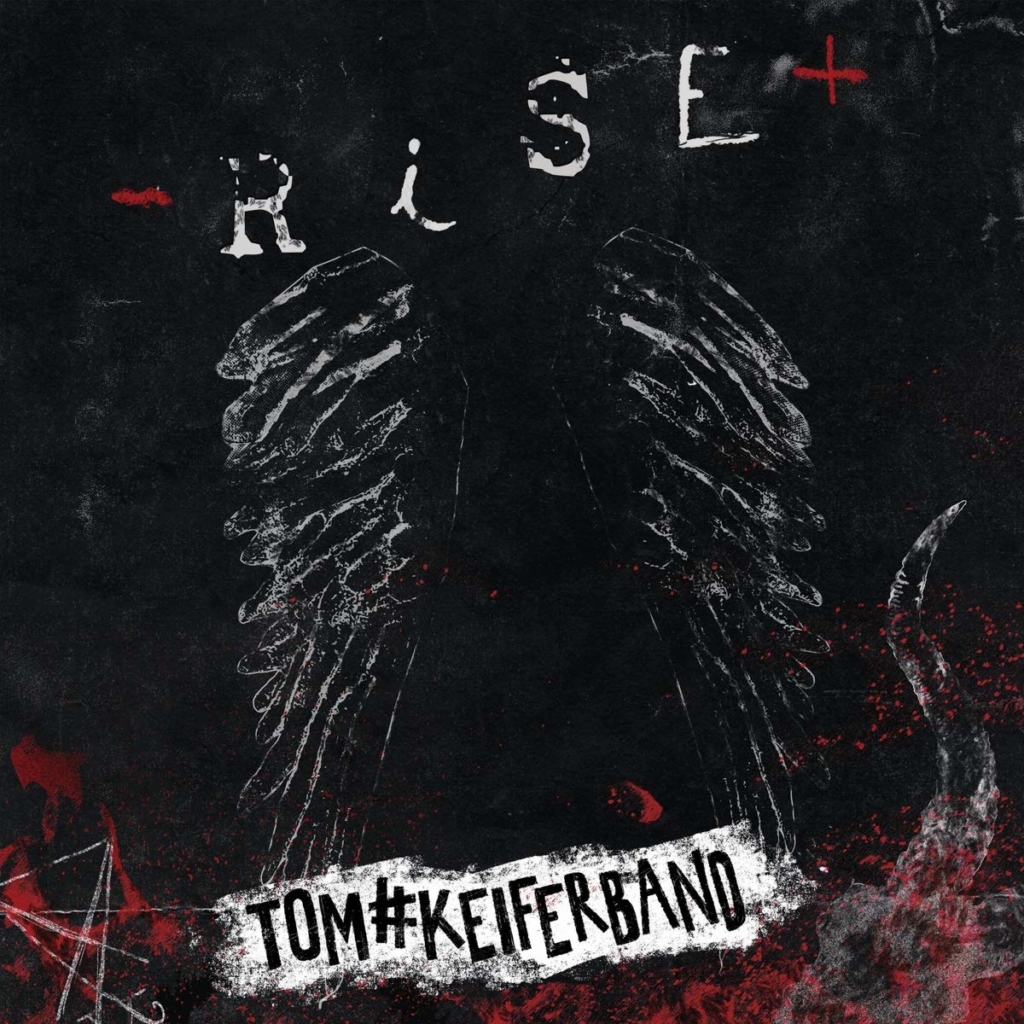
31. Tom Keifer Band: Rise. (Cleopatra). Taken as a whole, Rise signifies the ongoing evolution of former Cinderella frontman Tom Keifer as a person, songwriter, and bandleader. From the tasty slide work that stamps “Touching the Divine” to the nontraditionally arranged old-school jam of “Untitled,” to the breakneck thrust of “All Amped Up” and the tender coda of “You Believe in Me,” Rise captures the continuing ascent of an artist with an unyielding resilience to keep on keeping on. “I try to make all my records interesting and different. I don’t ever want to make the same record twice, even though there’s a common thread between them,” Keifer told me back in June. “Everything doesn’t have to be perfectly in place, but there is a balance you try to strike. Sometimes there may be something about it that’s technically not ‘right,’ but there’s a vibe and an energy and an attitude to it that I always try to preserve.” Rise is the perfectly realized album to bring Tom Keifer #keiferband directly to the next summit.
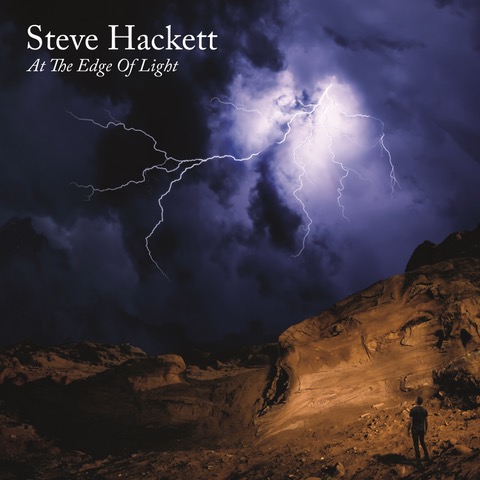
30. Steve Hackett: At the Edge of Light. (InsideOut). The ex-Genesis guitar maestro continues to explore new horizons and brighter skies on his latest, forward-thinking aural treatise. From the dramatic thrust of “Under the Eye of the Sun” to the perhaps unexpected Americana vibe of “Underground Railroad” to the orchestral swells of “Those Golden Wings” to the poignant, of-the-moment wish of the album closer “Peace,” At the Edge of Light shows how intuitive collaboration often bears much great sonic fruit. “It feels like something special happened on it,” Hackett told me last December, “so it’s an interesting place to be exploring right now. I just feel the need to produce albums as quickly viable as possible. I am aware of the passing of time, so I don’t sit back on my laurels.” If anything, this album is prime evidence of how Hackett remains on the cutting Edge of inspired creation.
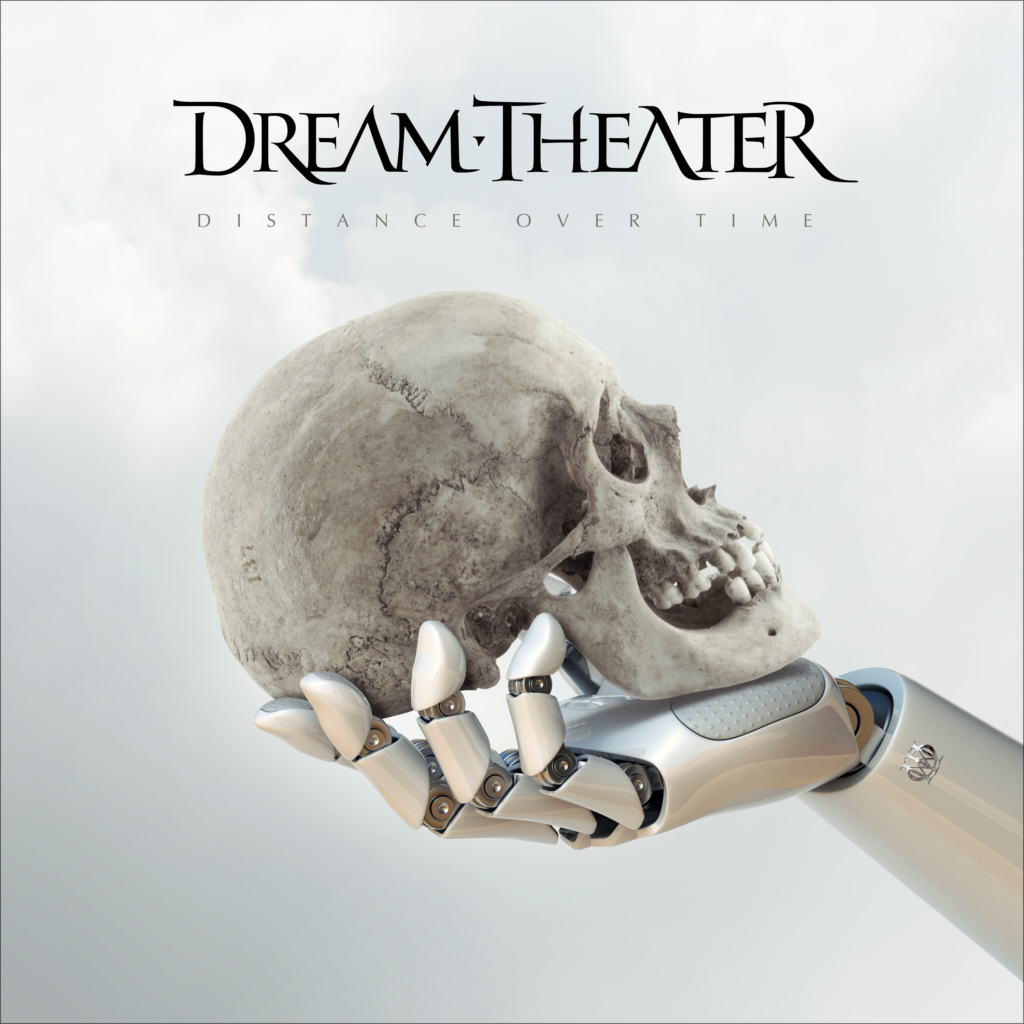
29. Dream Theater: Distance Over Time. (InsideOut/Sony). Could there be a band more suited to breaking through genre frontiers, creating complex song arrangements, and pursuing aural excellence over multiple formats than the one named Dream Theater? Indeed, the always envelope-pushing five-man collective from Long Island, New York stretch the boundaries of progressive metal with Distance Over Time. From the unrelenting vortex of the opening track “Untethered Angel” to the low-end lurch of “S2N” to the abject cosmic thrust of “Pale Blue Dot,” DT’s D/T (apply your deep-rooted math skills, and you’ll get what those dual abbreviations are) is a testament to how well an established band can throw a creative curveball and still hit the sonic bullseye. “I wanted this record to reflect what Dream Theater truly sounds like as a band when we’re just together cranking up our instruments and playing,” DT producer/guitar maestro John Petrucci told me back in May. “We had to ask ourselves where are we looking to go in the future, where are we coming from, and what’s the right type of record to make at this point in time?” With Distance Over Time, Dream Theater found the exact right sonic answer to every question they (and we) had.
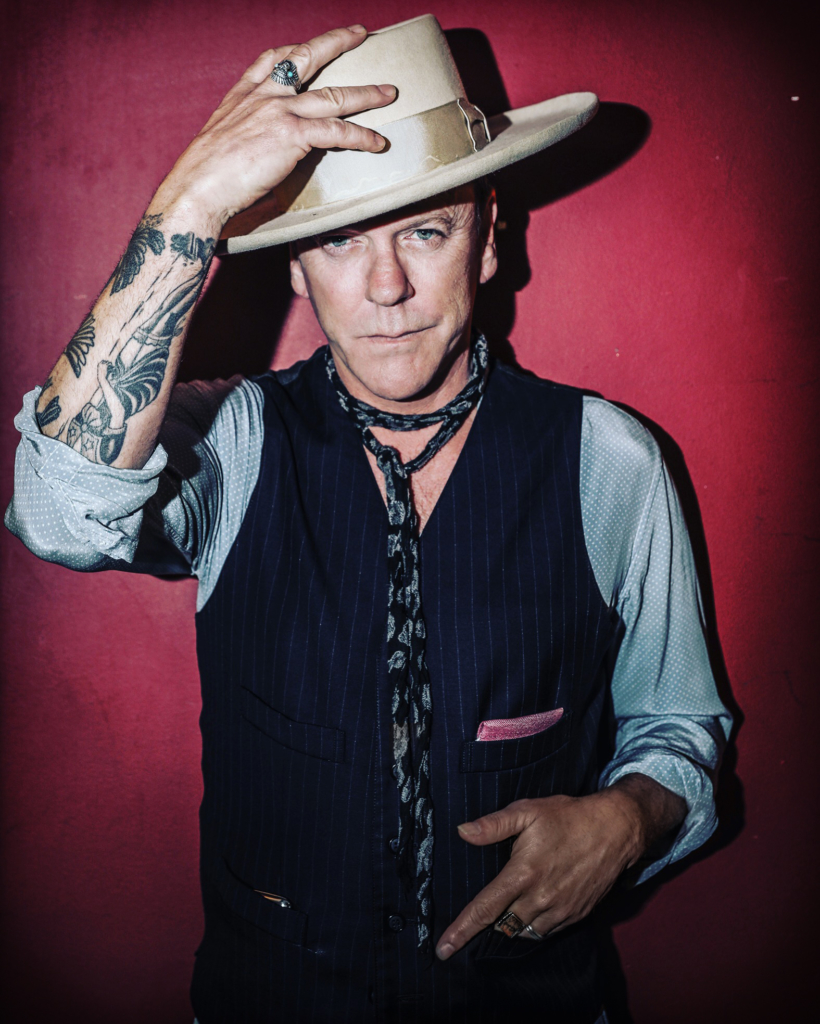
28. Kiefer Sutherland: Reckless & Me. (BMG). While it’s quite true that Kiefer Sutherland is best known for his insightful portrayals of acutely layered leading men (iconic CTU agent Jack Bauer on 24, idealistic President Tom Kirkman on Designated Survivor), his music chops actually run quite deep. But it wasn’t until Kiefer teamed up with his best friend, songwriter/producer Jude Cole (Lifehouse, Rocco DeLuca & The Burden), that his innate songwriting talent truly began to bloom, now manifested oh-so-beautifully on his sophomore release, Reckless & Me. Powerfully personal gutbucket songs like “Open Road,” “Blame It on Your Heart,” and “This Is How It’s Done” all serve to illustrate Sutherland’s burgeoning ability to connect with audiences on a deeper level than even he initially expected. “I have found that being able to write through some of the difficult times or experiences, or even some of the more beautiful times and experiences, helps you gain a kind of perspective,” Sutherland told me back in March. “And because I never had a diary, these songs were the best way for me to do that.” Thanks to his newly activated storytelling awareness, Sutherland’s inherently Reckless heart is fully open for all of us to see, hear, and experience together.
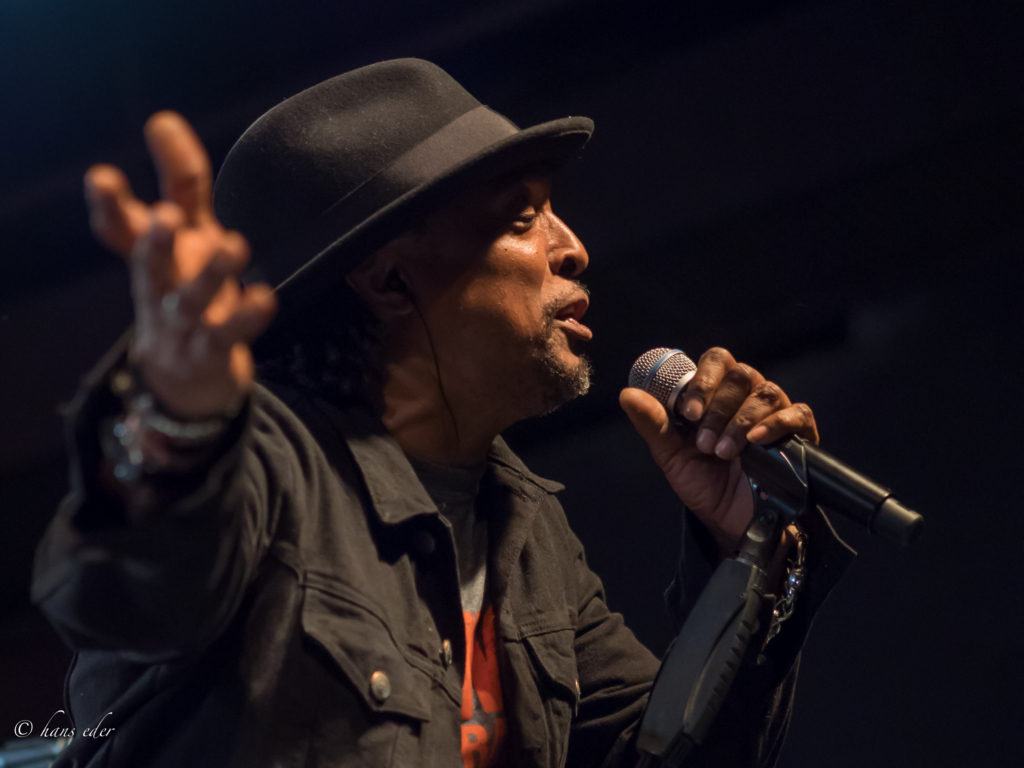
27. Bernard Fowler: Inside Out. (Rhyme & Reason). Covering well-known songs can be tricky business indeed. After all, as one maxim goes, if you can’t improve upon the original or truly strive to make it your own, why even bother? Up to the challenge is Bernard Fowler, a super-soulful backing vocalist for The Rolling Stones for 30 years and counting. On Inside Out, he brings the hard-earned experience of an insider’s ear to some of the world’s greatest band’s best-known material (alongside a few choice deep cuts) by way of gutsy re-arrangements and a hypnotic vocal flow that all comes together to make this stack of Stones songs new, different, and exciting complements to what you already know of them. From the percussive sneer of “Tie You Up” to the junkie-funk thrust of “Dancing With Mr. D” to the spoken-word tribal danger that permeates “Undercover of the Night,” Fowler shows he can change the aural narrative with the best of them. “Most of the records in my house when I was growing up were blues and soul records, but the first record my dad ever bought me was The Stones’ 12×5,” Fowler told me back in March. “To this day, I have no idea why he bought it, but it’s an incredible thing to think about all these years later. And I really love listening to full albums too, not just the hits. Sometimes, you have to listen to a song more than one time to grow to love it.” With the sheer scope and breadth of Inside Out, Bernard Fowler proves that if you try sometimes, you get exactly what you need — even if you didn’t know you needed it that way in the first place.
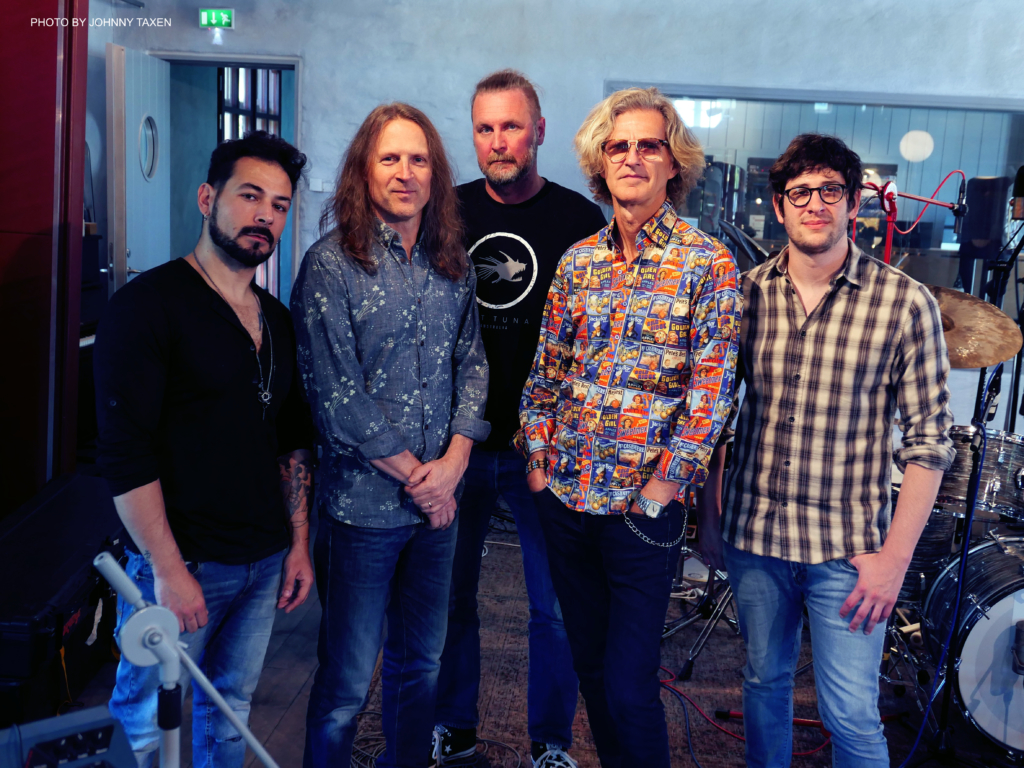
26. The Flower Kings: Waiting for Miracles. (InsideOut). The Flower Kings’ multi-instrumental mastermind Roine Stolt is the 21st century’s second-leading progressive-rock renaissance man, the all-hands-on field general to Steven Wilson’s indisputable chancellorship. Recorded in Stockholm, Sweden at RMV, a boutique studio owned by ABBA co-architect Benny Andersson, Waiting for Miracles is a two-disc, 84-minute positivity manifesto that celebrates the wide-open exploration of complex movements designed for each song idea to unfold to the beat of its own individual, compositional body rhythms. Miracles is a funhouse-mirror followup of sorts to the Stolt-bannered 2018 release, Manifest of an Alchemist. The thrust of this two-album fulcrum culminates in the hopeful tack of “Miracles for America” — a.k.a. “Prog Love, American Style” — the ten-minute-long counterbalance to Manifest’s somewhat darker “Lost America.” “When I record and mix, I want everything to sound as hi-fi as possible,” Stolt told me last October, and that M.O. still holds true today. If you believe in the power of progressive arrangements, then you’ll fully believe in Miracles.
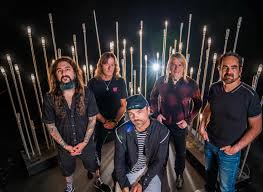
25. Flying Colors: Third Degree. (Music Theories Recordings). Flying Colors continue to build upon the deep-rooted musical connection the members of Flying Colors established on their first two boundary-stretching, genre-bending albums, 2012’s self-titled Flying Colors and the aural-template ascension of 2014’s Second Nature. From the skittery psychedelic/classical turnaround of the lead single “More” to the Beach Boys-meet-Asia vibe of “Love Letter” to the deep emotionality of the album-ending, prog-leaning epic “Crawl,” the nine tracks that comprise Third Degree signify just how much Flying Colors are willing to explore new frontiers. “There’s a lot of ear candy sprinkled throughout every song, and each one takes you on a little journey,” drummer Mike Portnoy told me back in July. “Our mission statement when we came together is still the same now. It’s the same five guys with extremely different musical personalities and backgrounds coming together into a giant melting pot where it all comes out on the other end with music that’s accessible, melodic, deep, and colorful. That’s always been the goal of this band, and so far, I think we’re three for three.” Very much agreed — with Third Degree, Flying Colors handily prove the third time’s an unquestionable sonic charm.
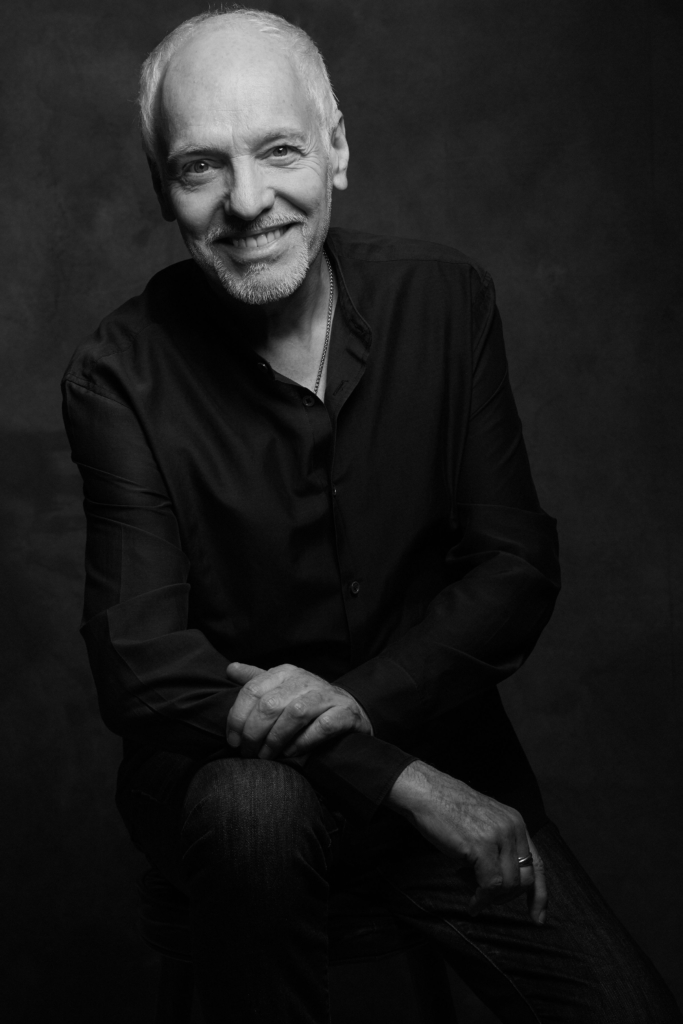
24. Peter Frampton Band: All Blues. (UMe). Though he was diagnosed a few years ago with a rare degenerative disease called inclusion body myositis (or IBM, for short) — an inflammatory muscle disease that affects the functionality of a person’s arms, legs, hands, and fingers — Peter Frampton decided to literally not take this potentially crippling news lying down. Instead, the legendary British guitarist/vocalist chose to maximize his time in the studio creating and recording as much music as he could before his motor skills began to fade beyond productivity. To that end, the deep-reaching tracks that comprise All Blues (11 on vinyl, 10 on CD) — ranging from the not-so-sneaky slide attack on Willie Dixon’s “You Can’t Judge a Book by the Cover” to the down-home snarling buzz running throughout Slim Harpo’s “I’m a King Bee” to the downright slithery nature of the Dixon/Muddy Waters’ eternal classic “I Just Want to Make Love to You” — all show Frampton’s inherent mastery of and respect for the blues artform. “There’s always a bar I find early on in a project, when something sort of exceeds your expectations,” Frampton told me back in August. “And then you go, ‘Oh wow. If that’s what happens, then that’s the level we’ve got to get them all to.’” As the first recorded salvo from the duly christened four-piece Peter Frampton Band, All Blues is all that — and more.
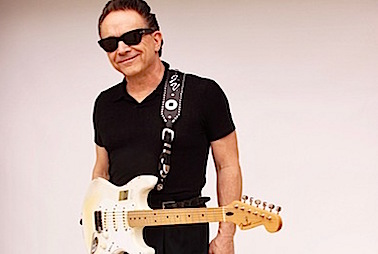
23. Jimmie Vaughan: Baby, Please Come Home. (The Last Music Co). Whether we want to admit it or not, everyone gets the blues at one time or another. Good thing veteran guitar slinger and lifelong good Texan Jimmie Vaughan has the cure for channeling deep-rooted melancholy into fine sonic medicine, as evidenced by the buoyant vitality inherent in each teeming pore and every tasty groove of Baby, Please Come Home. From the pleading throttle of the title track to the somber, self-reflective mirror of “No One to Talk to (But the Blues)” to the late-night mood swing of “Midnight Hour,” Vaughan fuses horns, piano, and plenty of good ol’ Stratocaster stringbending into a rich, innards-affecting palette. “I always pretend that I’m making 45s,” Vaughan told me back in April. “I kind of ignore everything else that’s going on out there in the world, and I just do my own thing. And the best way to listen to this music is on vinyl. It has to go around and around.” A tone master of the highest order, Vaughan knows exactly how to make any personal blues spiral hurt so good.
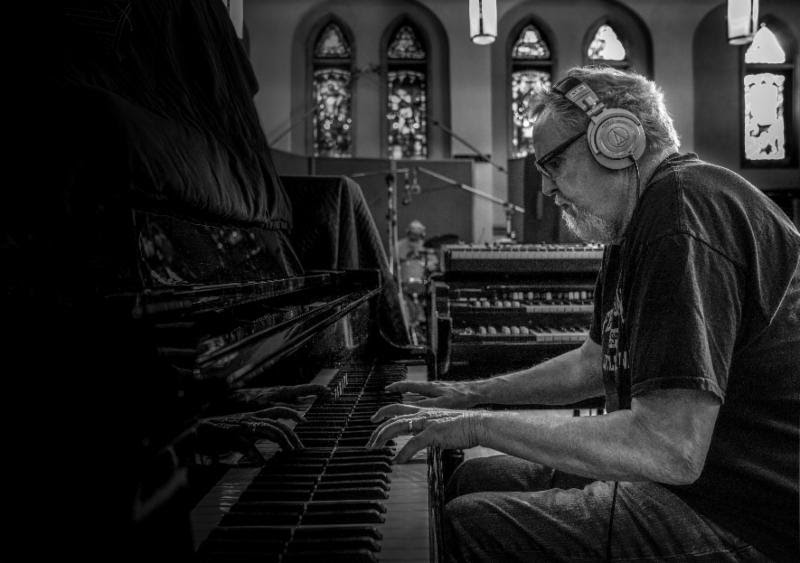
22. Reese Wynans and Friends: Sweet Release. (J&R Adventures). Keyboardist/sideman extraordinaire Reese Wynans (Stevie Ray Vaughan and Double Trouble, Joe Bonamassa) steps out front for the first time in his long and storied career, with more than a little help from his many friends. Indeed, Sweet Release teems with a veritable patchwork of indelibly great teamwork in action, from the Double Trouble rhythm-section revisitation of a trio of SRV classics — “Crossfire,” “Say What!,” and “Riviera Paradise” — to the stripped-back two-man duende Wynans shares with Keb’ Mo’ on Tampa Red’s “I’ve Got a Right to Be Blue” to the cavalcade of vocal talent trading off on the Boz Scaggs-penned title track (including the likes of Jimmy Hall, Bonnie Bramlett, Vince Gill, and Warren Haynes). “I felt that, on each individual song, you had to determine where the keyboards, the guitars, and each individual instrument were going to align in the mix, but Joe [Bonamassa, his producer] said, ‘Nah — since it’s your record, I think you gotta be front and center all of the time. People wanna hear what you’re playing on it,’” Wynans told me back in February. “So, we kinda compromised. Everybody can visualize whatever they wish when they listen to this album. That’s the wonderful thing about music — it’ll take you somewhere.” How sweet it truly is to be taken on such an amazing sonic journey by the ever-humble Wynans, one that was over 50 years in the making.
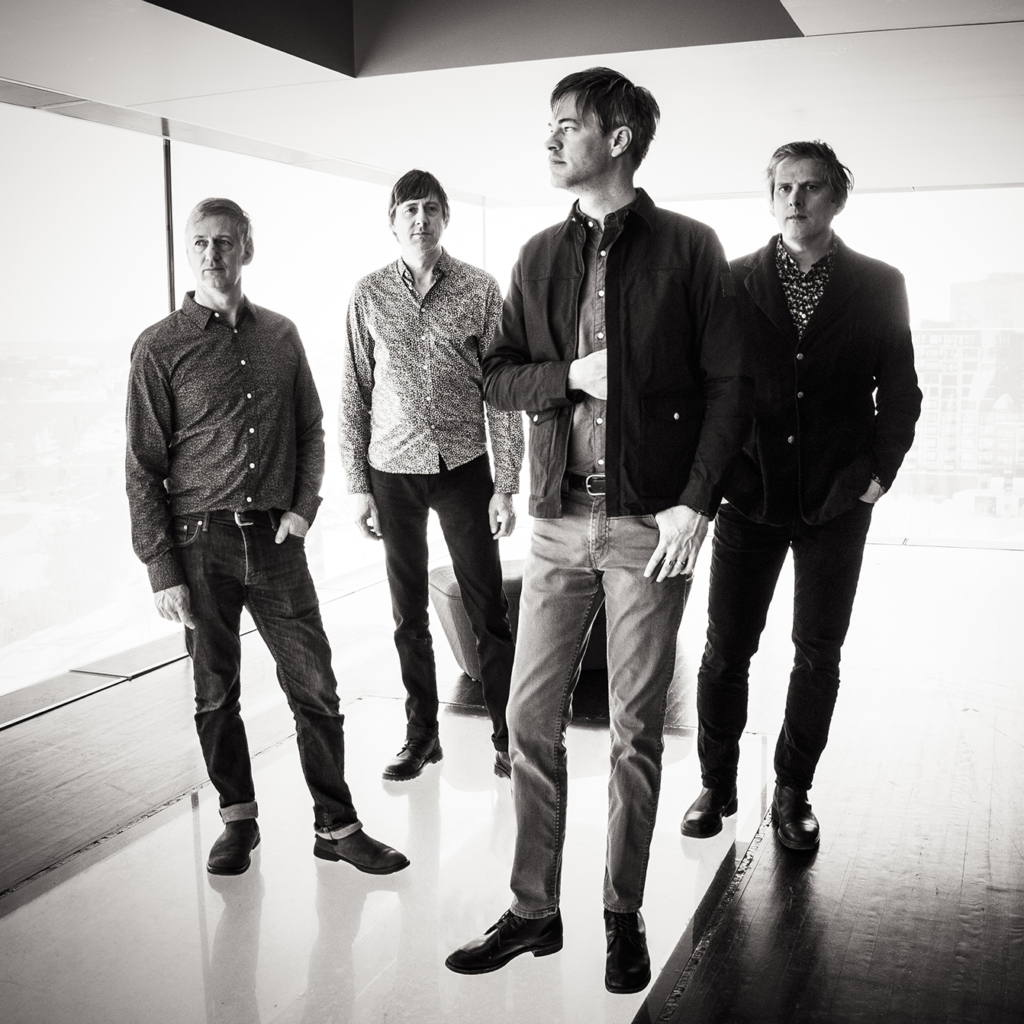
21. The Ocean Blue: Kings and Queens / Knaves and Thieves. (Korda). All hail this most welcome return from the Hershey, Pennsylvania-bred dream-pop collective known as The Ocean Blue, their sultry, seductive sonic tide rolling back in strong and true after six years of being out at sea. From the jangling wash of the ostensible title track “Kings and Queens” to atmospheric drums-and-piano thrust of “All the Way Blue” to the Smiths-like lament of “The Limit” to the no-looking-back reconciliation of “9PM Direction,” The Ocean Blue are clear masters of their own aural domain. “There’s no question we have a certain musical DNA that defines who we are as a band,” guitarist/vocalist David Schelzel told me back in June, “and the sensibilities I continue to have as a songwriter have been based on those formative years. I never left it behind, so it’s always going to come out in the stuff I write. At the end of the day, we want it to sound like an Ocean Blue record.” Within these economically concise 34 minutes, The Ocean Blue handily prove they’re the Kings of cresting swell after swell of blissfully engulfing soundwaves.
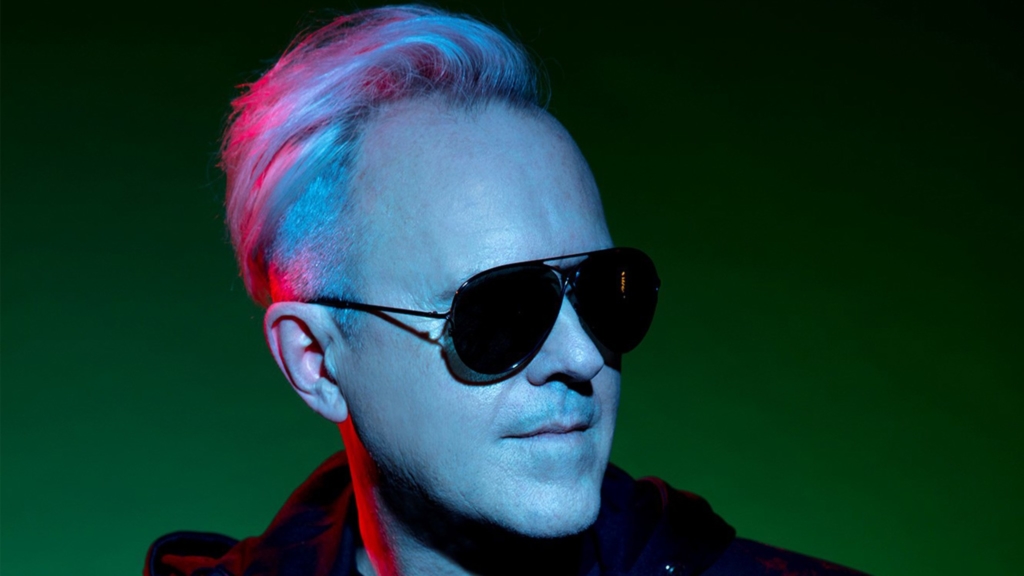
20. Howard Jones: Transform. (BFD). For iconoclast keyboardist/vocalist Howard Jones, things can only get better (and better). To that end, the venerated British songsmith/composer offers up Transform as prime proof, a refreshing album that builds upon his classic synth-centric, new-wave sound by way of cleverly deployed contemporary flourishes. As evidence, bear witness to the uplifting electronic vibe of “The One to Love You,” the shape-shifting directive of “Beating Mr. Neg,” the otherworldly shimmer of “Tin Man,” and the funky underbelly of “Stay With Me.” The way the artist envisions it, “Transform is about, if we’re going to change the world, we have to start by changing ourselves, and transform the way we think,” Jones told me back in March. “As for the music itself, I want to take it forward. I suppose the most important thing is to get the tunes, the chords, the arrangements, and the riffs all working together so you can’t get them out of your head.” If you’re looking for an album embedded with countless earwigs and the added intent of elevating your brainwaves, then Transform is your celestial guide-in-waiting, eager to help shift your perspective into all-out/all-in sonic positivity.
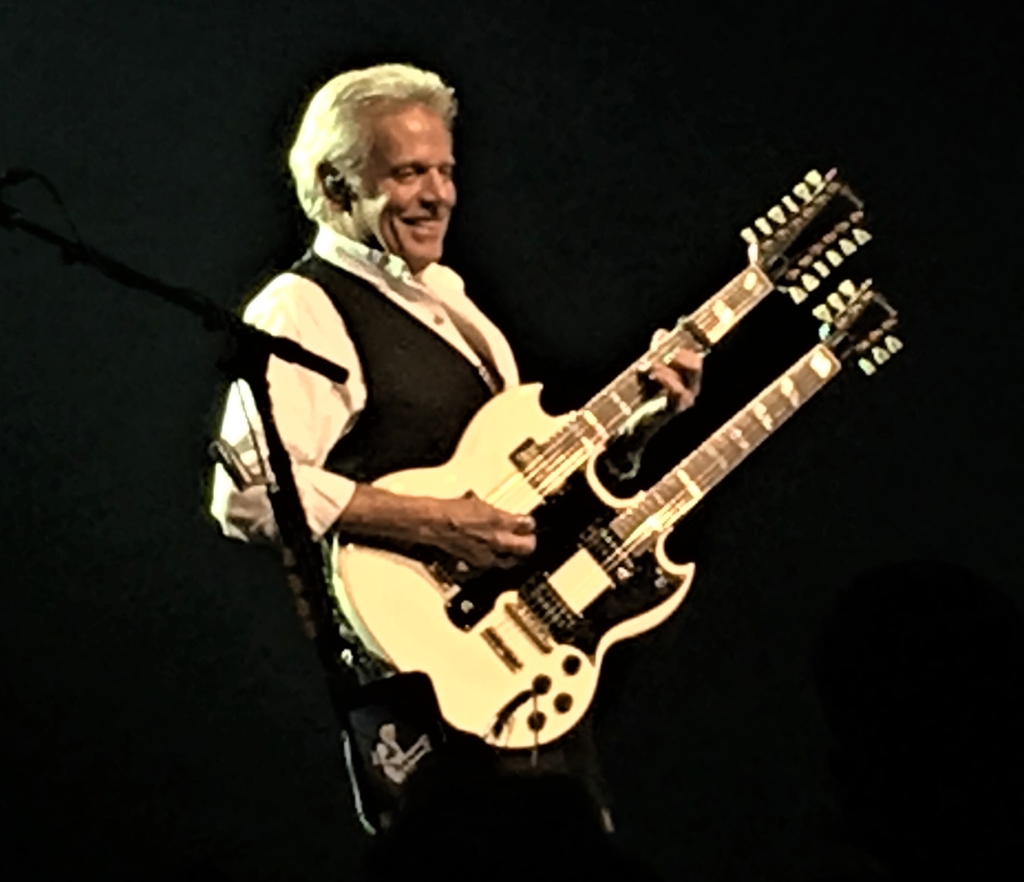
19. Don Felder: American Rock N’ Roll. (BMG). Guitar virtuoso Don Felder finds himself most decidedly back in the driver’s seat with his first solo album in seven years, American Rock ’N’ Roll, an album covering the gamut of the man’s artistic talents and consisting of 11 high-energy rockers mixed with touching, thoughtful ballads. From the state of the guitar-rock union salute to “American Rock N Roll” to the funky crunch of “Hearts on Fire” to the fierce, unrelenting declaration of “Rock You” to the mutual heartfelt honesty of “Falling in Love” and “You’re My World,” Don “Fingers” Felder has once again tapped into the current music zeitgeist to emerge with an album that represents the peak of his creative prowess. Not only that, but all of it was done alongside a slew of high-profile guests including Alex Lifeson, Slash, Bob Weir, Mick Fleetwood, and Sammy Hagar on the roll call. “It’s not the quantity, but the quality and the choice of the notes you play,” Felder told me back in January. ““On my last solo album, [2012’s] Road to Forever, I had only one guest on guitar, while I played every other guitar part on every other song. I didn’t want to do that this time. I wanted to have people come in and light it up. My goal was to play with them and have a good time. It was a ball!” Sharing the load and making damn good music together to boot — it just doesn’t get much more American than that.

18. Dido: Still on My Mind. (BMG). There are artists who wear their hearts on their sleeves, and then there is Dido, the celebrated British chanteuse and venerated owner of the pre-Adele-era golden Anglo voice. In addition to penning the bulk of the lyrics, shepherding the demos, and co-producing the album with her brother Rollo (he of the tres-hip British electronica trio Faithless), Dido provided a number of the cool beats that permeate such masterful Mind tracks as the album-opening gale-force known as “Hurricanes,” the percussive, horn-laden lament of “Hell After This,” and the tense rush of “Mad Love.” Songs that cut as deep as these don’t just emerge on a whim, however — they’re what we call lived-in. “As you say, there needs to be some life happening in between the work,” Dido acknowledged to me back in February. “There are certain things that inspire me, and certain things that don’t. And I’m not necessarily inspired to write by the bigger-picture things. I tend to be inspired by the really small things.” There’s nothing small about the overall scope and impact of Still on My Mind, however. Indeed, the reach of Dido’s keen Mind is as big as the cosmos, and she’s not afraid to let us come inside her semi-private universe.
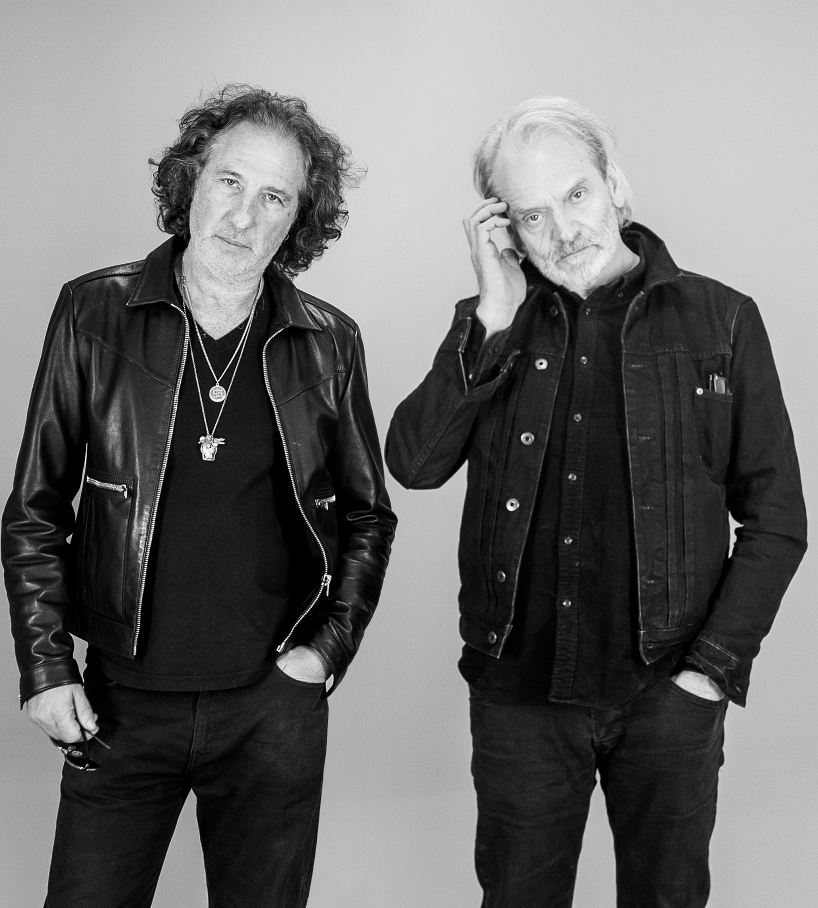
17. Wang Chung: Orchesography (August Day). Adding orchestral elements and lush instrumentation to well-entrenched rock-song arrangements can sometimes result in an outright wash—as in, it’s an idea that looks much better on compositional paper than in its actual execution—but ’80s new-wave icons Wang Chung have taken both classic material and more recent offerings to newer, classier heights on Orchesography. Whether it’s the wide-berth opening up of “Dance Hall Days,” the further-advanced sinister underpinnings of “To Live and Die in L.A.,” the formal, almost dirge-like recasting of “Everybody Have Fun Tonight,” or the even-more-cosmic planetary scope of “Space Junk,” Orchesography unearths unexpected layers of deeply ingrained material thanks to the duo’s palpable connection with the Prague Philharmonic Orchestra. “We pushed really hard to make sure you could get a sense of the full orchestra being upfront in the final mix — otherwise, what would be the point?” bassist/vocalist Nick Feldman pointed out to me back in April. “We were very cognizant of taking approaches different from the album versions,” guitarist/lead vocalist Jack Hues noted to me, also in April. “We wanted to stay away from recreating the hits with the orchestra and just tried to get a different angle on things, especially with the less-well-known tracks.” Whichever angle you approach it from, Orchesography conducts its refreshing aural re-imaginings from the highest of platforms. Hear, hear!
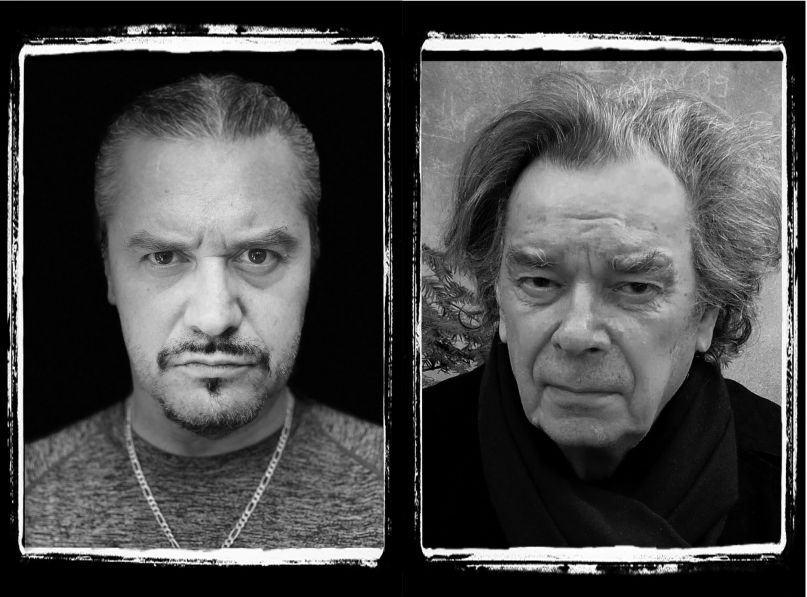
16. Mike Patton / Jean-Claude Vannier: Corpse Flower. (Ipecac). Uber-adventurous vocalist/lyricist Mike Patton has never been content to sit still creatively. Whether he’s fronting the likes of Faith No More, Mr. Bungle, or Mondo Cane, or putting forth his own far-reaching solo experiments, Patton has always been intent on choosing the road less taken. And Corpse Flower, his current collaboration with noted French composer Jean-Claude Vannier (best known for his work with French iconoclast Serge Gainsbourg), certainly goes down the path of the unguarded avant-garde. From the twisted love letter of “Chanson D’Amour” to the growly bang-bang, shoot-shoot atmospherics of “Browning” to the off-kilter throaty whistle call of “On Top of the World,” Patton and Vannier meld their mutual vision into something you might call queasy listening — but in a good way. “I’ve always liked trying to figure out how sound works,” Patton told me in August. “And I’m always fascinated to hear how my voice, or any voices, sound when played back or manipulated. Often times, it’s not what you think you are. It’s the ghost of you.” As haunting as can be, Corpse Flower is beyond-the-pale beautiful in its own special way.

15. Eloy: The Vision The Sword and The Pyre – Part II. (Artist Station). Passion projects can often raise cringeworthy eyebrows, but German art-rock legend Frank Bornemann’s singular vision for Eloy’s historically accurate retelling of the oft-misunderstood saga of Joan of Arc — in two parts, no less — is quite the wonder to aurally behold. With this singular effort, Bornemann has found a way to fuse profoundly ingrained historical material with Eloy’s all-encompassing brand of European progressive music. (Just imagine Pink Floyd as watchers of the medieval skies, and you’re halfway there.) From the menacing crunch of “Armistice or War” to the abject fury of “Abandoned” to the uplifting space-elegy of “Eternity,” Part II cuts a deep sonic swath that’s wholly worthy of such a legendary narrative. “I feel more free than ever to create the music as it should be — and in the typical style of Eloy, of course,” Bornemann told me back in November. “Normally, I don’t like rock operas so much, but this one is totally different.” Now headed for the French stage, The Vision The Sword and The Pyre is a fiery chronicle of historical bent like no other you’ve read and/or heard.
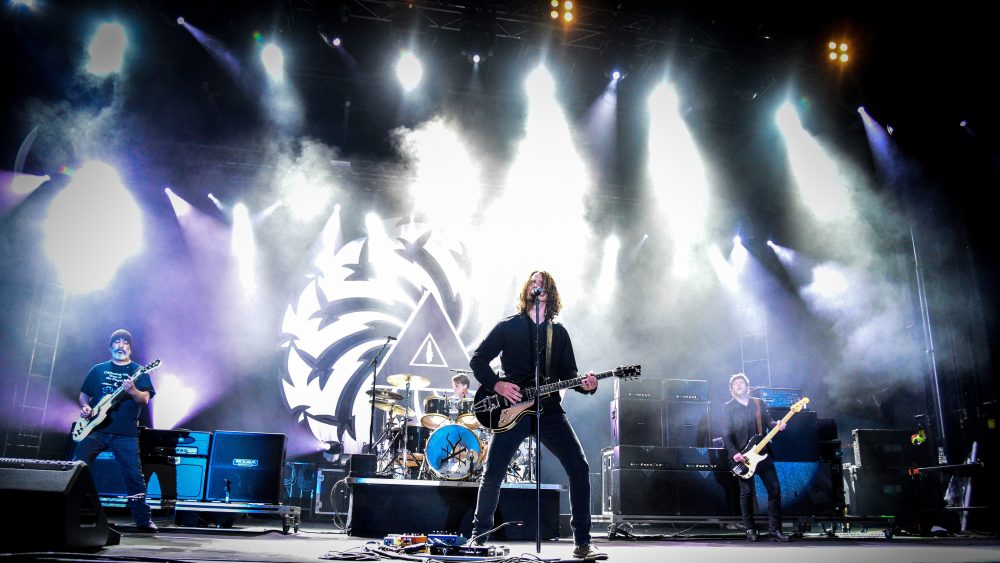
14. Soundgarden: Live From the Artists Den. (Artists Den/UMe). Profound loss is something that’s never easy to process, especially when an element of the unknown will forever be associated with it. The untimely passing of Soundgarden frontman Chris Cornell in May 2017 remains as tragic now as it was then, but the healing salve of his musical legacy, especially the work he did with Seattle-bred heavy-rock heroes Soundgarden, is something that will never fade. To that end, Live From the Artists Den, recorded at the Wiltern in Los Angeles at the conclusion of Soundgarden’s hardcharging King Animal winter tour in February 2013, is a poignant reminder of both Cornell’s palpable talent and the indelible sonic connection he had just resuscitated with his bandmates after years of being adrift. By way of 29 mesmerizing songs that travel through almost 2½ hours of time and space, Artists Den seethes with raw power, unbridled intuition, and sheer grit. From the buzzsaw killer instinct of “Rusty Cage” to the low-end rumble-bark of “Blind Dogs” to the forever ethereality of “Black Hole Sun,” Soundgarden reinforced their onstage prowess like a band possessed. “Generally, we have a good idea of what the band is about, and how to maintain our legacy,” lead guitarist Kim Thayil told me back in June. “We make all the decisions about what we put out, so we should be able to keep everything true to what Soundgarden is all about. We know exactly how this band should sound.” Artists Den is a fitting live chronicle for a band that blew up the outside world most every time they stepped onstage.
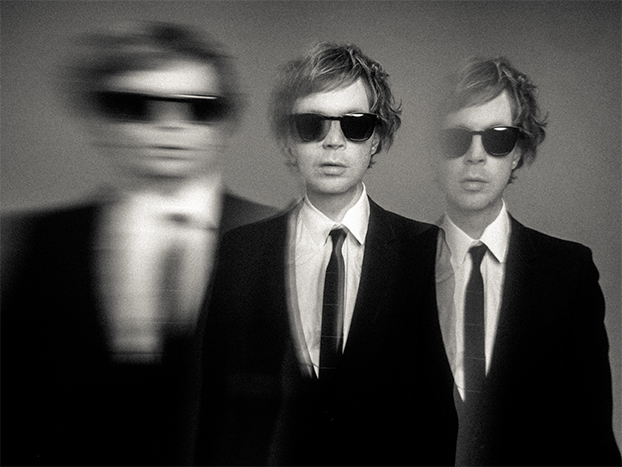
13. Beck: Hyperspace. (Capitol). The ever-imaginative Beck follows up 2017’s Grammy-winning, mostly one-man-show Colors with Hyperspace, a much more collaborative effort that sees him continuing to test his sonic boundaries. Beck has never been afraid of experimenting with his recorded voice, so Hyperspace is loaded with vocal manipulations galore. Pop-rap impresario Pharrell Williams produces five of the 11 tracks here, honing some of Beck’s best instincts into instant hooks, as both the uber-catchy “Chemical” and “Dark Places” handily attest. Meanwhile, “Uneventful Days” is anything but, a sprightly rumination on stasis that would do his fellow creative chameleon, the late Prince, quite proud. “Saw Lightning” marries rapped stanzas with slide guitar riffage, keen harmonica stabs, and drum machine atmospherics, while “Stratosphere” is a dreamy, slow-burn acoustic space ditty served up on a fluffy, layered-vocal cloud. (Beck’s delivery of the line “Somewhere I could disappear” is a perfect candidate to replace Southwest’s “Wanna get away?” tagline.) Album closer “Everlasting Nothing” shimmers with hope, its reverberating, repeated percussion loop buttressed by a spiritually uplifting choir. “Over time, I became fascinated by the beauty of a really simple line,” Beck told The New Yorker recently. “Something that, if you were in a conversation, you wouldn’t think about twice but, in the context of a song, it becomes really powerful.” Three decades into his iconoclastic alt-rock career, Beck continues to take chances left, right, and center, and Hyperspace is simply out of this world.
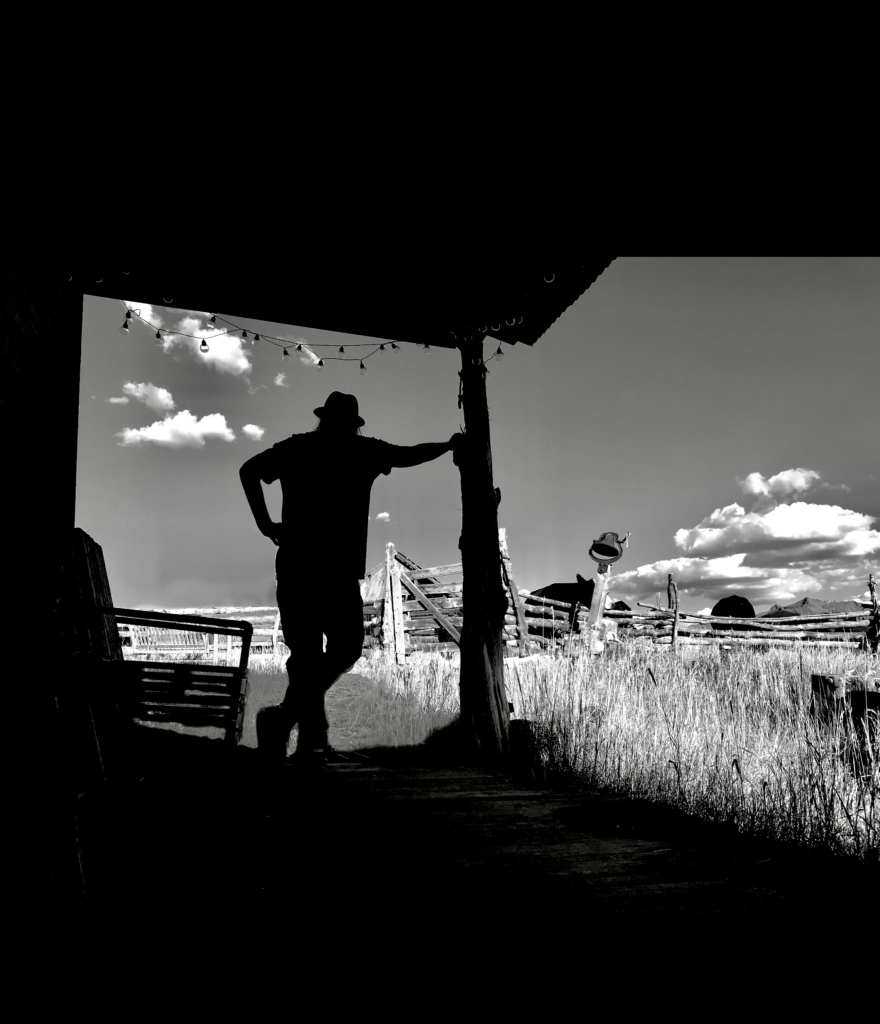
12. Neil Young + Crazy Horse: Colorado. (Reprise). Neil Young has always been much like the wind — whichever direction his muse blows, he follows. You never really know from year to year which Neil Young will show up on record — you only know that wherever his aural coordinates land, it’s a listening journey totally worth your while. This year, Neil has chosen to re-saddle up the Crazy Horse train, and the ensuing 50-minute gallop once again reinforces the pure strength of intuitive musicians jamming at the peak of their powers in the moment. “When you see those geese in the skies, think of me / I can spread my wings and fly, just like them,” Neil sings at the outset of the album opener, “Think of Me,” a harp-and-acoustic-driven reverie that fits the man’s creative M.O. to a T, a trajectory that’s been in motion ever since his early Buffalo Springfield orchestral epic, 1967’s “Expecting to Fly” (and probably even before that). Recorded mostly live off the floor in Colorado’s Rocky Mountains, Neil and the Horse — which, in this incarnation, features the welcome return of original Horse-mate, guitarist/pianist/vocalist Nils Lofgren — Colorado is as palpable as ever, from the loose-leaf guitar snarls of the 13-minute appreciative anthem “She Showed Me Love” to the Pixies-perfect wind-tunnel thrust of “Help Me Lose My Mind” to the climate-change battlecry plea of “Shut It Down” to the hopeful patriotic choir of “Rainbow of Colors.” All told, Colorado is yet another state of Neil Young’s ever-fertile inventive mind worth visiting, time and again.

11. Echo in the Canyon: Music From and Inspired by the Documentary Film. (BMG). Jakob Dylan’s sweet love letter to the indelible folk/rock/psychedelic/pop hybrid established in Laurel Canyon in Southern California in the late 1960s, Echo in the Canyon, was hands-down one of the best documentaries of 2019. The accompanying soundtrack reinforces the many strengths of that ol’ California Sound magic at the very heart of the baker’s dozen of songs highlighted here, all of them interpreted with passionate verve by artists mainly from a generation or more removed from the original scene. (“Inspired by” is truly quite the telling phrase here.) From the precious retreat of “In My Room” (Fiona Apple at her most relatable vulnerability) to the relentless pleading of “Questions” (featuring Stephen Stills and Eric Clapton sharing fiery, cross-continental guitar-solo tradeoffs) to the out-of-place lament of “I Just Wasn’t Made for These Times” (Dylan himself, bridging the generational gap in a timeless fashion, with Neil Young bringing it all home in the wings), Echo combines ringleader Dylan’s sense of wonder with reverence and grace, while he concurrently leads and shares his unbridled enthusiasm with a series of all-star collaborators in the process. “They’re classics. They’re timeless. A good song will sound as good then as it will today,” Dylan says near the end of the documentary, right before going onstage to perform these songs in concert with many of his collaborators in tow. “We didn’t reinvent them at all. We actually stayed pretty true to what they sounded like. And, oddly enough, that sound is pretty current right now.” It’s an Echo that will continues to resonate with open-eared music listeners, forward-thinking musicians, and California dreamers the world over for many decades to come.
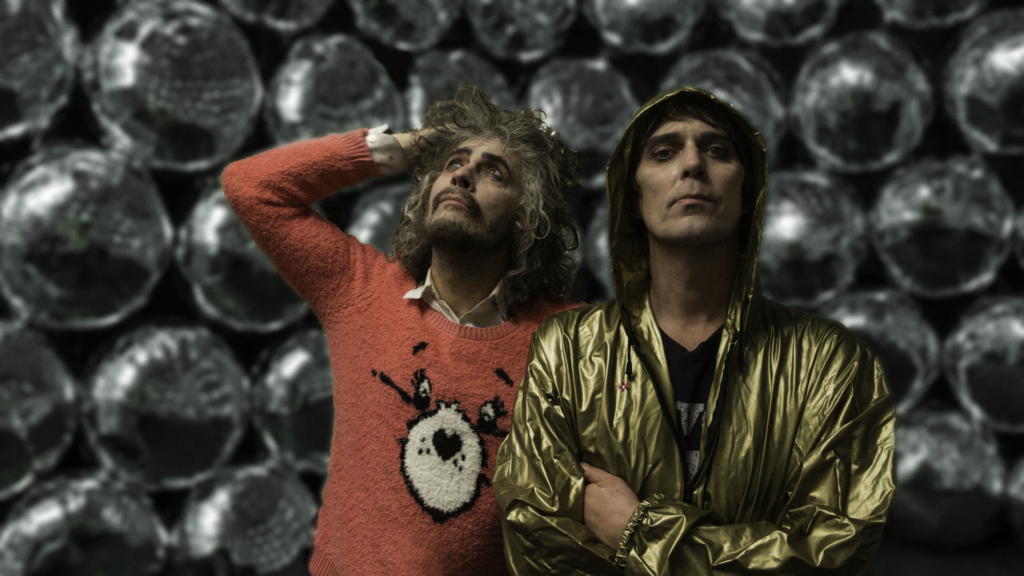
10. The Flaming Lips: King’s Mouth – Music and Songs. (Warner Records). Like Bizarro World Frank Sinatras on acid, The Flaming Lips have always done it their way. This longstanding alt-rocking Oklahoma collective consistently deign to paint their music outside the lines of sonically acceptable society, and they’re at it again with their perpetually adventurous 15th studio album. King’s Mouth follows the trajectory of head Lipmeister Wayne Coyne’s fractured fairytale as buttressed with South London-accented narration by The Clash’s resident iconoclast, Mick Jones. The cinematic nature of King’s Mouth comes across in full-bore exploratory Lips style, challenging stereo soundfield parameters every beep and boop of the way. Such wide-panned tracks as the burbling, keyboard-kissed wonderment of “Giant Baby,” the channel-swirling synth hosannas of “Electric Fire,” the percussive pre-funereal onomatopoeia of “Feedaloodum Beedle Dot,” and the buoyant, acoustified album-ending parable twins, “Mouth of the King” and “How Can a Head,” all reinforce The Lips’ abject command of the soundstage at hand. “Typically, we’ve always done really good left and right stereo elements,” Coyne told me back in April. “Having those little things there just make for a better experience. It gives our sound its space and its dynamic, all the things you get to play with in the studio. We have all these things we’re trying to cram into our mixes. We’ll take the 100 things we think should go in there and mix it all down to where it only sounds like four or five things, to where you can figure out what’s going on without you being too overwhelmed with too many sounds.” King’s Mouth adds yet another lofty chapter to The Lips’ keen catalog of wide-eyed aural head trips.

9. Perry Farrell: Kind Heaven. (BMG). In which the once and future Jane’s Addiction/Porno for Pyros frontman-cum-ringmaster creates the perfect aura-expanding soundtrack for the Lollapalooza lifestyle. Even at its relatively brisk 31 minutes, Kind Heaven cuts a wide swath of ambition matched with just the right amount of aural bombast, often featuring the seductive vocal talent’s Perry’s wife/collaborator, Etty Lau Farrell. From the low-end snarl of “Pirate Punk Politician” to the lounge-lizard swagger of “Snakes Have Many Hips” to the slow-burn electronic sizzle of “Where Have You Been All My Life,” Kind Heaven reaches for the stars and usually exceeds its grasp. Even better, the full-on, fully engaging Kind Heaven Dolby Atmos mix I had the privilege to demo at Deluxe Toronto back in June revealed the full sonic scope of Farrell’s true 360-degree ambitions; here’s hoping it sees an official wide release sometime soon. “Kind Heaven is a grand idea,” Farrell explained in the press materials accompanying the album. “I view the recording as the music of Kind Heaven, where eventually we’ll be entertaining you three-dimensionally across all senses. We’ll present a new music listening experience and an immersive production that brings to life the story of an evolving world, and helps to build a global community.” Without question, Kind Heaven is just the kind of multi-genre, multi-generational melting pot of music we could all use more of here in the 21st Century — and beyond.

8. David Newbould: Sin & Redemption. (Rock Ridge Music). Chronicling the seemingly endless cycles of daily peaks and valleys forms the backbone of Sin & Redemption, the latest album from noted Nashville-based singer/songwriter David Newbould. From the opening gambit singalong of “Sensitive Heart” to the unrepentant resolve of “Smiling in the Rain” to the raucous, gospel-tinged and strings-drenched rollercoaster rodeo of “Diamonds in the Dark” to the stripped-down intimacy of “Love You Too Much (Henry’s Song),” Sin & Redemption is a powerful, ten-song testament from a veteran songwriter at the height of his storytelling prowess, now eight albums deep into his upward-trending career. It’s especially fitting, considering how Newbould’s inherently cinematic songwriting style has also led to a number of his tunes appearing in a score of TV shows and movies over the years. “In terms of taking a Cinemascope approach to my music, I like the idea of each song becoming a little world of its own,” Newbould told me back in August. “It’s like they’re chapters of a bigger story, with each song having its own little engine to drive it. I want people to listen all the way through Sin and not feel like there’s any kind of jolt or glaring inconsistency with the storyline of each song. For something to sink in on repeated listens, it really has to take you to a place, and make you feel a certain thing. And if something works on a lot of repeated listens and can also maintain an identity of its own, that’s when I feel a song is where it needs to be. What I’m aiming for with my music is that it connects — and then it doesn’t leave.” Indeed, Sin & Redemption establishes a connection to your very soul as the perfectly poured sonic elixir that continues to heal all ills upon repeated spins.
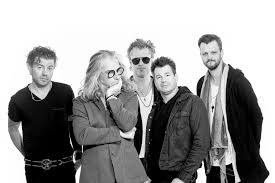
7. Collective Soul: Blood. (Fuzze-Flex/ADA). Blood is the culmination of a quarter-century of Georgia-bred alt-rocking kings Collective Soul assessing not only where they’ve come from, but also where they’re going. Typically, their songs evoke a collective sense of heartfelt observational universality and earnest positivity, and the secret sauce to Collective Soul’s continued success story is a simple one: a palpable mixture of insightful songwriting and impeccable band chemistry. Witness the hard-charging skitter of “Over Me,” the optimistic declaration of “Right as Rain,” the hopeful uplift of a man “Changed,” and the tender promise of “Big Sky.” The album’s final track — the reflective, poignant acoustified coda “Porch Swing” — features background vocals and tasteful dobro licks from none other than Styx guitarist/vocalist Tommy Shaw, who was beyond thrilled to contribute to the cause. “Sometimes you get lucky, and sometimes you know where certain songs work better than others, but I really do believe we nailed it on this album,” vocalist/guitarist and chief CS songwriter Ed Roland told me back in February. “The guys were just on fire. The timing was right with us being out on the road playing all the time, getting to know each other’s personalities, and liking each other — all of that just accumulated to this point where we are now, and I don’t see it ending anytime soon. I think Blood is the beginning of a lot of good music to come. We’re doing the best that we can do.” From stem to stern, Blood delivers in full.
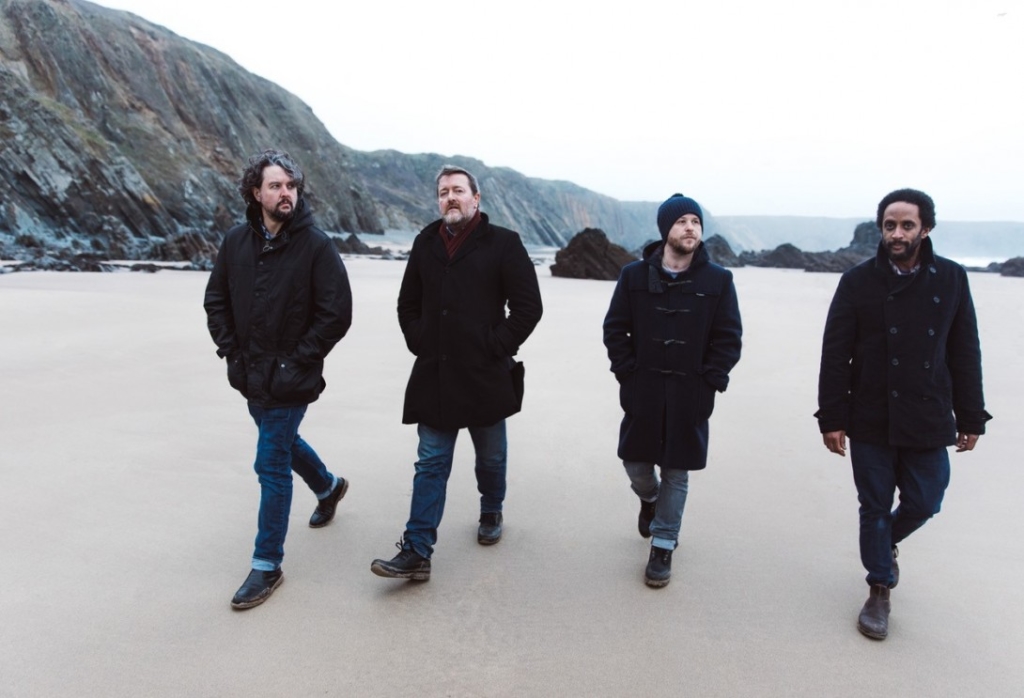
6. Elbow: Giants of All Sizes. (Verve). “Genre-hopping” is a catch-all phrase used to describe artists who don’t stay in one stylistic lane, but I tend to view bands who veer into different sonic zip codes as ones who are genuinely eager to evolve. Take Elbow, a forward-leaning British collective now entrenched in their third decade of pushing their muse beyond their ’90s alt-rock roots. elbow continue moving the goalposts on their eighth studio album, Giants of All Sizes, produced with a sympathetic, in simpatico ear as per usual by band keyboardist Craig Potter. “We knew what we didn’t want to do, which was to make the same record again,” vocalist/lyricist Guy Garvey told Record Collector recently. “The music was harder, rougher, rockier. The whole record has a dark energy to it.” Garvey stretches past his Peter Gabriel discipleship with the slurry verbal thrust lent to the percussive lead track “Dexter & Sinister,” which also features a dramatic wailing-vocal turnaround in its back half as led by guest female vocalist Jesca Hoop. “White Noise White Heat” generates its own brand of twisted zeal with ominously sustained keyboard tones on the verses and piercing volume swells on the choruses. “I haven’t finished yet,” Garvey intones just three minutes into the album, and if that steely manifesto is any indication, Elbow will be flexing the limits of their aural exoskeleton for many years to come.
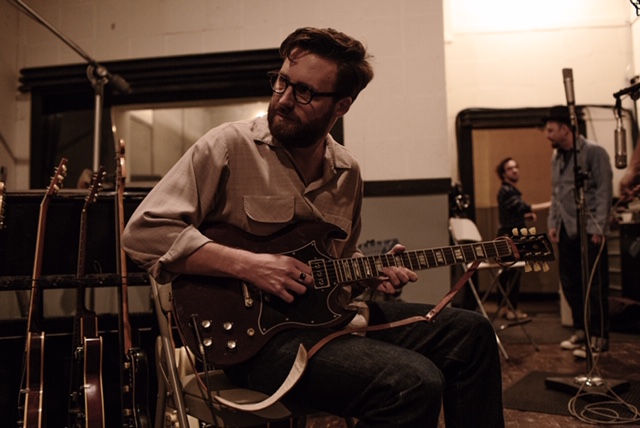
5. Nick Waterhouse: Nick Waterhouse. (Innovative Leisure). On his self-titled fourth album, soulful, genre-bending songsmith Nick Waterhouse brings all the worlds he loves as an artist together on his preferred format, 180-gram vinyl. And in its finely crafted LP form, Nick Waterhouse percolates and hums along like a retro-chic dream by blending blues, R&B, jazz, and timelessly catchy pop into a fine sonic consommé, from the Ray Charles leanings of “I Feel An Urge Coming On” to the hi-hat shuffle manifesto of “Black Glass” to the fully accelerated swinging groove of “Wreck the Rod.” For someone who almost titled this album Adapt or Die, Waterhouse remains well in tune with his laser-focused arrangement and production choices. “You either like the song, or you don’t. You buy it, or you don’t buy it. And that’s even shaped my own editing process. Songs will ‘die’ early — they won’t even make it to the studio unless I’m feeling strong enough about it for it to be its own thing,” Waterhouse told me back in February. “I tell people I’m enjoying my career like I’m the last man, like The Omega Man — I’m still making records, because after this, records just might not exist.” Here’s hoping this vinyl-loving alpha dog has more than a few good wax-centric ideas up his analog-leaning sleeve to come.

4. Billie Eilish: When We All Fall Asleep, Where Do We Go? (Darkroom/Interscope). Precocious teenager of the moment delivers the goods far beyond the hype — and pretty much all in lowercase too. Alongside her brother, guitarist/production whiz Finneas, the 18-year-old vocal ingenue has concocted a tantalizing new sound by Cuisinarting an original blend of Laurie Anderson’s electronica caterwauling with Drake’s seductive lyrical flow. The undeniably beguiling hit “bad guy” is as good a song you’ll hear this year, its playful catchiness punctuated by the way Eilish spits out the year’s best line: “I’m the bad guy . . . duh.” (One of the many multiple drips of the secret sauce of this song, incidentally, is the one-second-long delay between the heavily processed word “guy” and her spoken sneer of “duh.”) From there, Fall Asleep flourishes in its own self-generated territory, from the playful piano jauntiness that underlies the good/evil yin-yang of “all the good girls go to hell” to the edge-of-your-seat breathy torch balladry of “listen before I go,” a Billie Holiday blueprint for the 21st Century if ever there was. “There’s a part of me that feels like I did miss getting to be a teenager — like, a normal one,” Eilish said during her appearance on The Howard Stern Show back in September. “But more and more, I get more grateful for it happening that young.” Wherever Eilish chooses to go from here, I can’t imagine it being anywhere but up.
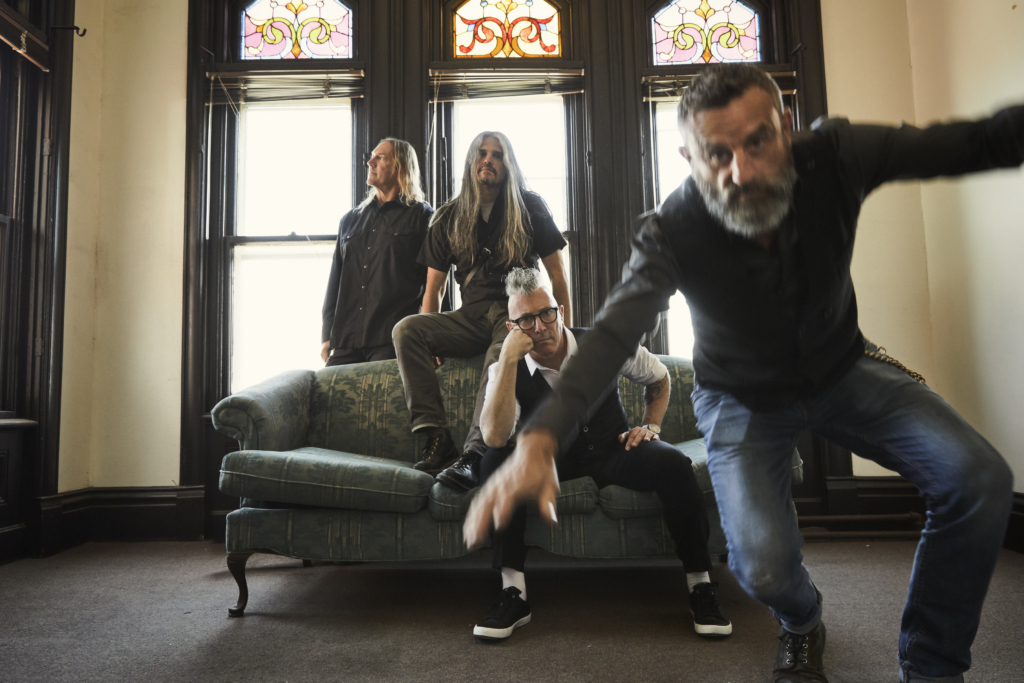
3. Tool: Fear Inoculum. (Volcano/RCA). The most anticipated release of 2019 was 13 years in the making, but Tool take no prisoners with their fifth studio album Fear Inoculum, which is unquestionably a very-much-welcome, fully aurally stimulating return. For 86 mostly punishing minutes, Tool continue to redefine what it means to push beyond the cutting edge of proto-prog metal. (Never ones to skimp on presentation, Tool made Fear accessible mainly via hi-res downloads and elaborately designed high-end vinyl, with only limited, collector’s edition options available for the CD-inclined.) From the slow-building acoustic/percussive intro roll-up into the all-out headbanging charge of “Pneuma” to the unbeatably deliberate sludginess of “Invincible” to the 15-minute alternating halt-and-seethe squealfest of “7empest,” Tool once again prove they’re in a time-signature-challenging league of their own. “It’s really about finding your roots again and remembering why you started in the first place, finding the fire that burned in you when you started, and not letting success distract you,” guitarist Adam Jones recently said to Guitar World. “It’s about doing what you can do and trying to do it well instead of worrying about how someone else does it.” The only thing we have to Fear from Tool at this point is whether it’ll take them another decade to concoct their sixth sense-stimulating listening clinic.

2. Rhiannon Giddens With Francesco Turrisi: there is no Other. (Nonesuch). Sitting still is a phrase that can in no way be applied to folk innovator Rhiannon Giddens, whose new collaboration with Italian multi-instrumentalist Francesco Turrisi reflects anything but stasis. Like a 21st Century descendant of Joan Baez and Nusrat Fateh Ali Khan, Giddens cross-pollinates a wide mélange of African, Arabic, European, and American sounds into a universal 12-song bouillabaisse. Born and bred over five days in a Dublin, Ireland studio, each track exemplifies the absolute best of what keenly intuitive, in-the-moment musicianship can produce. Giddens’ insistent, haunting vocals on “Gonna Write Me a Letter” are buttressed adroitly by the dramatic cello and viola tones that reverberate off Turrisi’s bendir (a North African wooden-framed drum). A charged yet stark reading of the traditional “Wayfaring Stranger” feels destined to play over the end credits of the next Deadwood revival, while the worldly-wise vocal narrative of “Little Margaret” gets driven further forward by Turrisi’s insistent daf (a Middle Eastern frame drum). “It’s all about movement, for both of us,” Giddens told The Irish Times back in March. “Everything that both of us talk about is about movements of human beings and how we affect each other. If you just look at our range of instruments, where they’ve come from and how they’ve travelled across the world, it’s pretty amazing. Francesco and I connect. We find ourselves talking about the same things, but across the Atlantic Ocean.” It’s no hyperbole to say there is no Other is a most apropos descriptor for Giddens’ ambitious, determined sonic relief map.
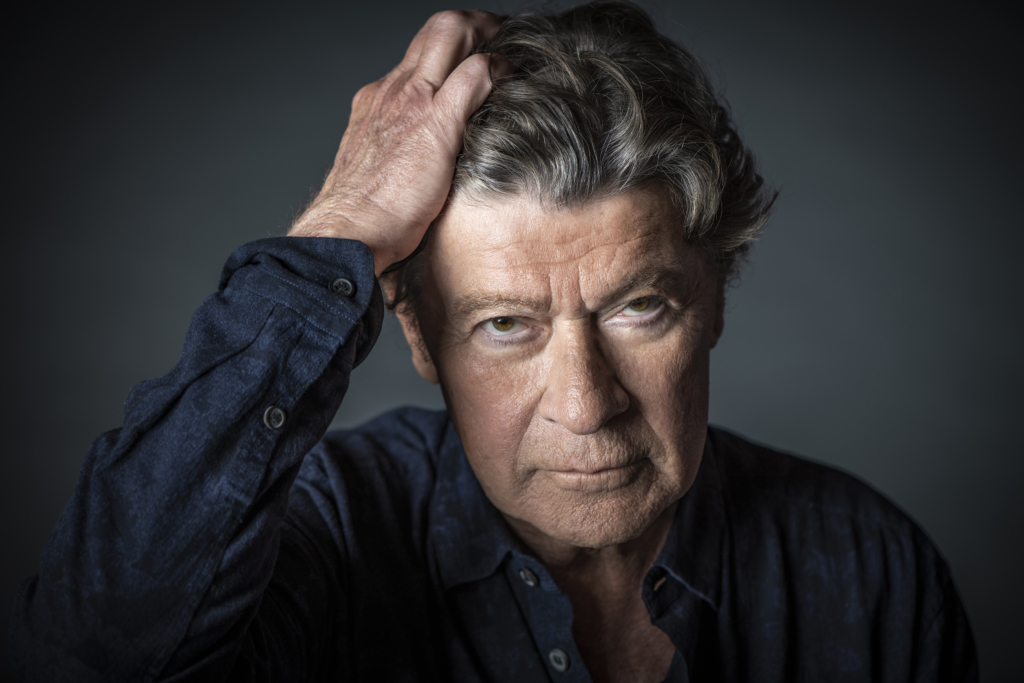
- 1. Robbie Robertson: Sinematic. (UMe). Robbie Robertson has always taken a distinctly cinematic approach to his multicultural melting-pot style of North Americana songwriting, a narrative attribute well in place due to the indigenous Canadian’s weighty workload with The Band long before commencing a five-decade alliance with director Martin Scorsese. On his sixth solo album, the very deliberately spelled Sinematic, Robertson infuses the inspiration of working on the soundtrack to Scorsese’s latest film The Irishman with the reflective, introspective fuel forged from scoring an upcoming Band documentary. His characteristic growl opens “I Hear You Paint Houses” before handing off the track’s seedy “gun for hire” vocal order to Van Morrison. From there, this audio-movie unfolds across the great divide with choice soundstage-challenging cuts like the somber harp-and-organ grind of the wistful Band tribute “Once Were Brothers” to the burbling guitar and throbbing samples mashup of “The Shadow,” a knowing cross-genre collaboration with Scottish DJ Howie B. “Ideas for songs about haunting and violent and beautiful things were swirling together like a movie,” Robertson said in press materials accompanying the album. “You follow that sound and it all starts to take shape right in front of your ears. At some point, I started referring to it as ‘Peckinpah Rock’” — i.e., his nod to Sam Peckinpah, the late director of such visceral Westerns like 1969’s The Wild Bunch. Continued Robertson, “In this day and age, the guitar is pushed into the background in pop music, but it’s still my key to the highway. There’s a certain kind of playing I like to do once in a while, without a pick, so it’s just the sound of the strings on your fingers. . . . This was never a hobby. It had nothing to do with what we thought would be popular on some chart for a couple of weeks. We [The Band] wanted to make music that would stand the test of time. And that has always stayed with me.” Sinematic not only reinforces the man’s role as one of the finest songwriters to emerge from the rock era, but it also shows how Robbie Robertson has clearly claimed the mantle of being a visionary audiographer for the ages.
